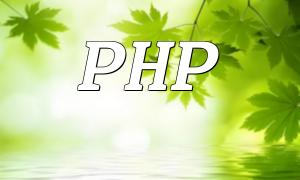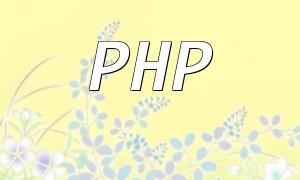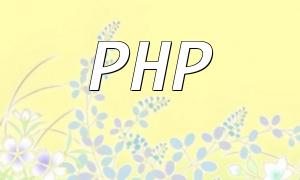PHP extensions are modules used to extend PHP's functionality, offering additional features like database connections, image processing, etc. In Linux environments, installing and managing PHP extensions differs slightly from other operating systems, making it important to understand the installation paths for PHP extensions in Linux.
On Linux systems, the default installation paths for PHP extensions are typically located in the following directories:
The "xxxxxx" part corresponds to your PHP version and configuration. You can determine your specific installation path by running the following command:
There are several ways to install PHP extensions on Linux. Here are the most common installation methods:
For Debian-based systems (such as Ubuntu), you can use the following command to install PHP extensions:
For Red Hat-based systems (such as CentOS), use the following command:
If you need to install the latest version of a PHP extension, you can compile it from source. First, download the extension's source code, extract it, and navigate to the source directory. Then, execute the following commands:
Once the installation is complete, you should be able to find the newly installed extension in the PHP extension installation paths mentioned earlier.
To confirm whether the PHP extension was successfully installed, you can use the following command to list all loaded extensions:
Alternatively, you can create a PHP file and use the following code to verify if the extension is successfully loaded:
Understanding the installation paths and methods for PHP extensions in Linux is crucial for improving development efficiency. With the installation paths and steps provided in this article, you can easily manage PHP extensions and ensure that your PHP applications are equipped with the necessary functionality.









